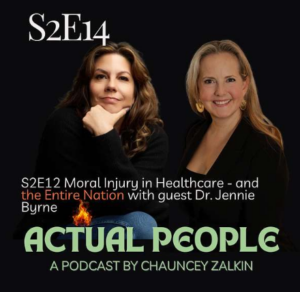This past week, I participated in a fascinating online workshop hosted by CHIEF, where Erica Dhawan discussed “Leading in a Hybrid Workforce”. She discussed some key concepts from her new book Digital Body Language: How to Build Trust and Connection, No Matter the Distance which feel particularly relevant this summer as we consider returning to in-person workplaces.
Throughout the pandemic, I was always surprised at how exhausted people felt doing video calls rather than in-person meetings or phone calls. Shouldn’t video be easier than phone because we can see the other person? Shouldn’t we be more comfortable with seeing body language than audio only?
As it turns out, most of us are not equipped to understand digital body language. As we work together in new online spaces, we communicate in a variety of ways : video, phone, IM, Slack, text, etc. Each new form of communication has its own “body language”, without a codified norm to guide us. So all day we are struggling to understand not only words and images, but the underlying message in digital body language in front of us. This is exhausting because we are still not practiced and the norms are often vague or missing altogether.
So what’s next? Team leaders must intentionally set norms for the different forms of communication, and teams must practice these norms daily. Here are my favorite psychologically-savvy tips from Erica Dhawan to help minimize digital body language anxiety:
EMAIL – Avoid anxiety-inducing subject lines like “Please call me”. They’re the workplace equivalent of “we need to talk” and are never necessary. This is not what we mean by “action-oriented”. Brief does not mean lacking context.
TEXT – If it’s enough of an emergency to warrant a text outside of reasonable work hours (7AM-7PM), it probably warrants a phone call. If it doesn’t, it can wait.
VIDEO – Slow down. Practice the 5-second rule and wait 5 seconds before speaking after you ask a question. This gap allows your team to process and accounts for the few seconds that an individual may wonder “Is someone else going to speak up first?” before speaking up themselves.







